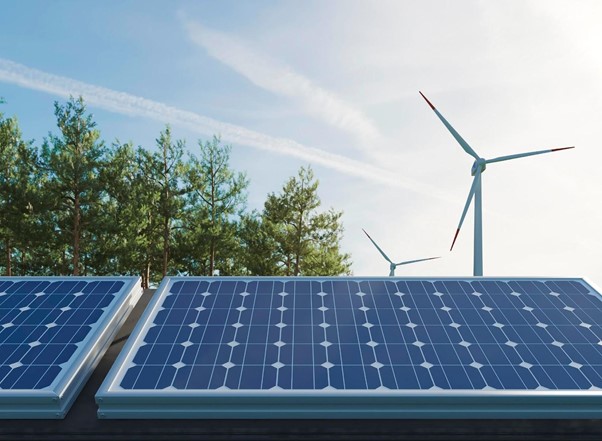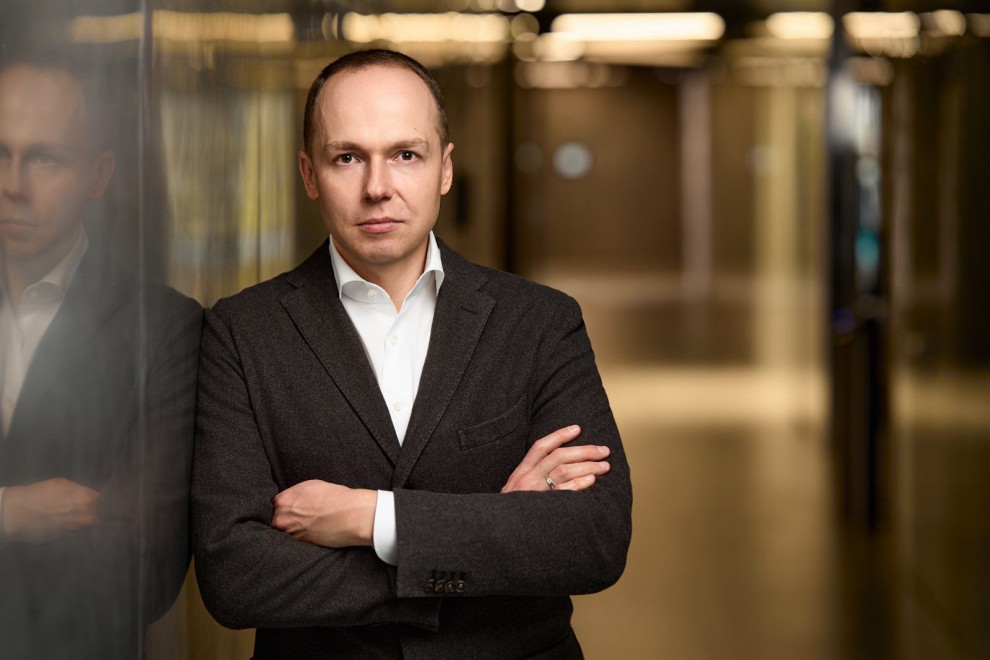When you think of modern Europe, images of windmills on Dutch hills or solar panels on German rooftops may come to mind. However, behind these picturesque scenes lies a powerful shift that has taken place over recent years.
Ivan Geliukh, Chairman of the Management Board at D.Trading, prepared a column for InVenture, explaining the transformation of Europe’s energy market and the role private power plants play in this process.
The mass transition to “green electricity” in the EU began with the adoption of Directive 2009/28/EC of 23 April 2009 on the promotion of the use of renewable energy sources. This directive set binding targets for EU member states to increase the share of renewable energy in their energy mix. The goal was to reach a 20% share of renewable energy in overall energy consumption by 2020, with individual targets for each country.
This provided a significant boost to the development of "green energy," and since then, EU countries have been implementing policies and investments to promote renewable energy sources. But is there a chance Europe can become fully energy-independent without harming nature?
The state of the EU electricity market
According to the analytics center Ember, renewable energy production in the EU reached 44% of total electricity generation in 2023—a record-breaking milestone, as the 40% threshold was crossed for the first time. Wind and solar power were the main drivers of this growth, accounting for 27% of total electricity generation.
Simultaneously, the share of electricity production from fossil fuels has significantly decreased. According to Ember, coal-based electricity generation declined by 26% in 2023, comprising only 12% of total EU electricity generation. Gas power plants have also reduced production, currently accounting for only 17% of total electricity output. Overall, fossil fuels contribute less than one-third of the EU’s total electricity production. As for other sources, nuclear power plants, for instance, provided nearly 22% of electricity in 2023.
EU Plans and Actions
The EU's 2030 plan for its entire energy system (electricity, heating, transport) aims for renewable energy to constitute at least 42.5% of total energy consumption (and ideally 45%). This target envisions integrating renewable energy into all sectors of energy consumption, not just electricity generation.
By early 2024, half of Europe’s electricity already came from renewable sources, with wind energy surpassing gas to become the second largest source after nuclear power. To accelerate this shift, the EU added record new capacities in solar and wind energy, increasing them by 96 GW and 33 GW, respectively.
Moreover, EU countries are enhancing energy efficiency. By 2030, they plan to reduce final energy consumption by 11.7%, with active measures to modernize heating systems, upgrade buildings, and improve industrial energy efficiency.
But how do various EU countries work on eco-friendly electricity production?
Germany leads in installing solar panels and wind farms, adding 9 GW of new solar capacity in 2023.
Spain has increased its share of renewables, particularly in wind energy, expanding its wind farms in 2023 to a total capacity exceeding 30 GW. Denmark has pioneered wind energy use; its wind turbines now produce more electricity than what the country’s internal consumption requires.
By 2025, Denmark plans to expand its export of clean energy to other EU countries.
France is heavily invested in nuclear energy, which provides over 70% of the country’s electricity, though the country is also actively developing wind and solar energy.
Driving force behind the clean energy market

These achievements would not be possible without green energy producers, from large corporations to small private households. Many households install solar panels or wind turbines and sell surplus energy back to the grid. Corporations invest in renewable energy development. To make this energy accessible to all, distribution system operators, who connect these sources to the energy grid, ensure balance and stability in the network, enabling energy to reach consumers.
Energy traders also play a crucial role as intermediaries, buying and selling energy on the market to help balance supply and demand.
Supporting stable prices
EU electricity market reforms in 2024 provide greater price stability for both consumers and businesses. Traders, with flexible contracts and access to various energy sources, help reduce dependency on fossil fuel prices and stabilize the market amid fluctuations. For instance, the move to long-term contracts allows prices to be fixed for extended periods.
Expanding renewable energy
Energy traders help integrate solar and wind power into the broader system when these sources are available, thus making it a consistent part of the overall electricity system. When the wind blows or the sun shines, traders buy and sell this energy on the market, while also ensuring the stability and availability of energy even when the weather changes.
Innovation and Diversification
Through trader involvement, the market is becoming more integrated and efficient. For example, traders from the oil and gas sectors can use their expertise to develop new markets, such as hydrogen or “green” fuel, aiding in the shift to clean energy requirements.
In other words, they foster competition, attract investments, and help develop renewable energy markets, such as wind and solar energy. Certainly, there is still much work ahead, but Europe has already proven that clean energy is a realistic path to a healthy and safe future.



